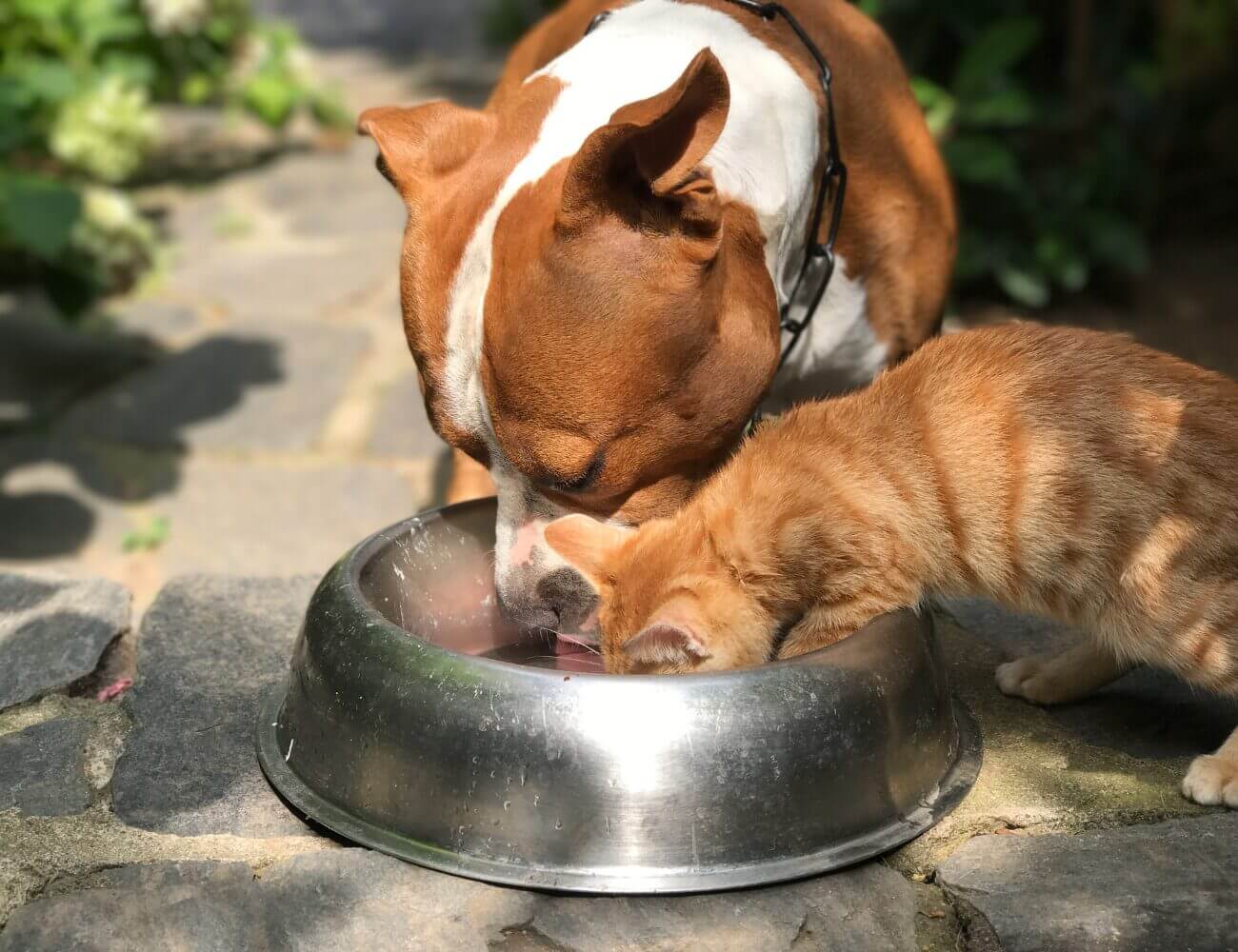What are they and why are they so important for protein? Here is everything you need to know.
WHY THEY ARE SO IMPORTANT
Along with carbohydrates and lipids, protein is one of the three constituent macronutrients of all cells and tissues in the animal organism.
But proteins have more than just a structural function. In fact, these Are also essential for the immune system of animals., for example, they are proteins the antibodies (gammaglobulins).
Another fundamental function is that of transportation. The two main transport proteins are hemoglobin, which carries oxygen in the blood, and albumin, which is the “transport firm” in the blood. In our animals it functions like a cart on which many hormones, fats, minerals and many drugs are loaded and travel.
BUT WHAT DOES PROTEIN LOOK LIKE?
There are thousands of different types of proteins. Taking an example, to simplify, it is. as if they were Lego constructions where the little pieces to make them up are called amino acids. There are thousands of proteins but they are mostly built with little more than about 20 amino acids. Some of them can be produced by the animal organism (in the liver, for example), while others must be taken in through the diet. The latter are called “essential.” There are 10 in the dog and 11 in the cat.
In dogs and cats for example, amino acids such as Arginine ,Methionine,Tryptophan and Lysine (found in both animal and plant proteins) are essential. In the cat we also have Taurine that must be taken and is found only in animal protein (one of the reasons why the cat is an obligate carnivore).
So by eating protein in the diet, through digestion, our animals break it down into amino acids that they then use to build the protein they need. If amino acids are left over, they are not used to build protein but to produce energy.
BUT WHAT ARE THE BEST PROTEIN SOURCES FOR DOGS AND CATS?
At this point we need to introduce the concept of “biological value” of proteins. As a general concept, the proteins with the highest biological value are those most similar to the proteins in the bodies of the animals that eat them. It is easy to see how the proteins of animal origin (in meat, fish, eggs, milk and dairy products), as opposed to those from the plant world (from grains, legumes, fruits and vegetables) can be considered “noble” proteins (with higher biological value).
These proteins possess all amino acids (including essential ones) in proportions that are excellent for synthesis of new proteins. Proteins from the plant world, on the other hand, will be composed of an amino acid pool with less performing proportions due to the use of new animal protein synthesis. Essential amino acids will be more deficient or totally absent as in the case of Taurine.
The taurine deficiency brings a number of consequences:
- Alterations in reproductive activity especially in females
- Decreased absorption of vitamins and fats.
- Alterations in vision because fundamental in the retina.
- Important for heart muscle, if deficient could lead to dilated cardiomyopathy and related heart failure.
Dr. Simone Falci
Veterinary physician with expertise in nutrition



